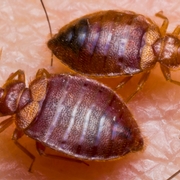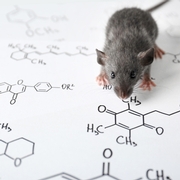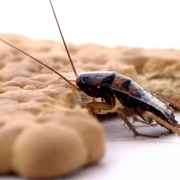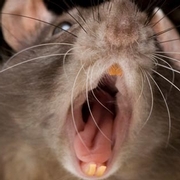- About NPMA
- About Us
- Board of Directors
- Committees & Interest Groups
- Past Presidents
- Honorary & Lifetime Members
- 2022-2023 Annual Report
- Diversity and Inclusion
- Support NPMA's Initiatives
- Bylaws
- Financial Information
- Executive Leadership Program
- Leader Launch
- NPMA Gives
- Association Partners
- Global Pest Management Coalition
- Press Room
- NPMA Staff
- Member Center
- Education & Events
- Resource Center
- Public Policy
- Media Center






